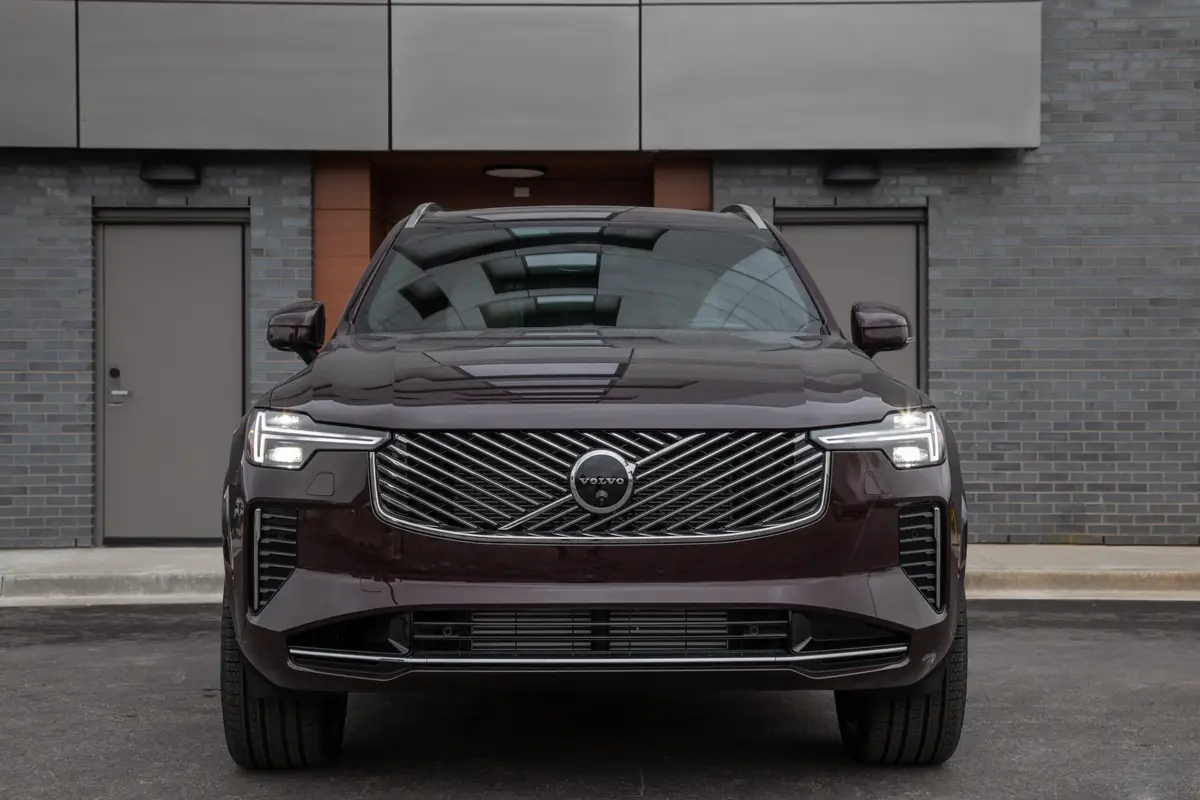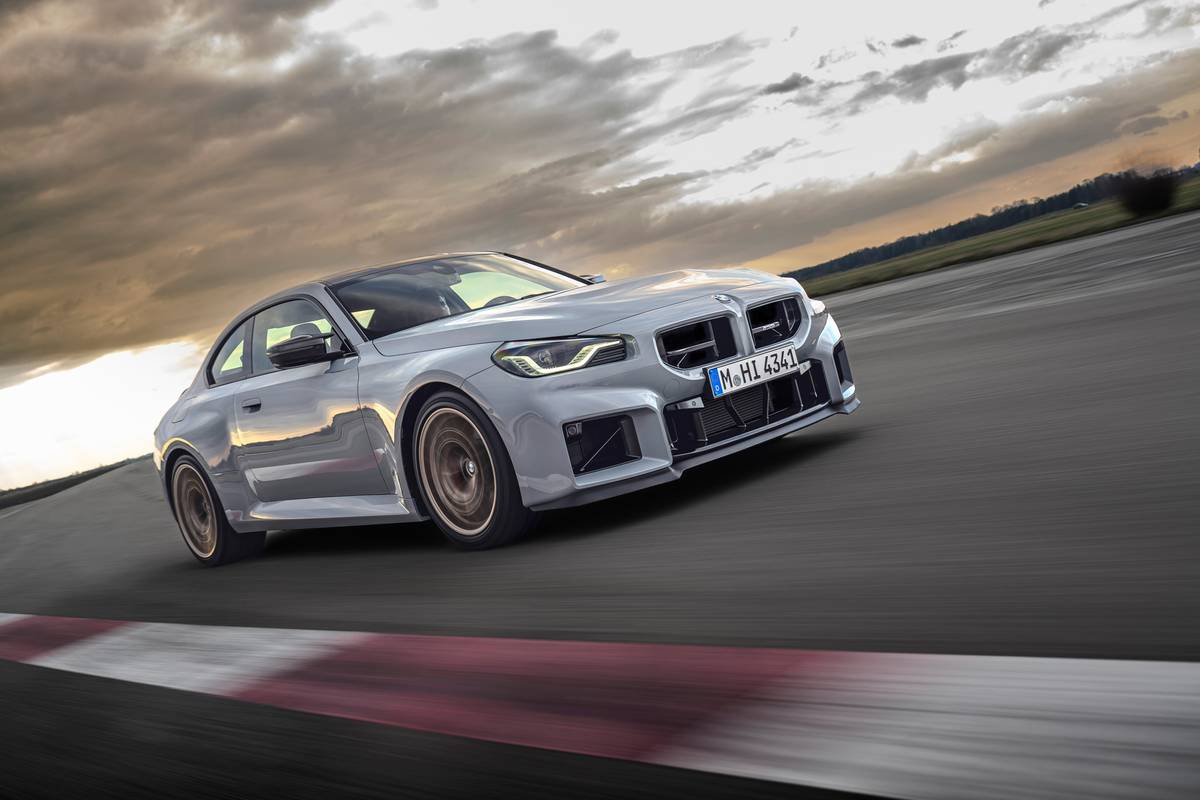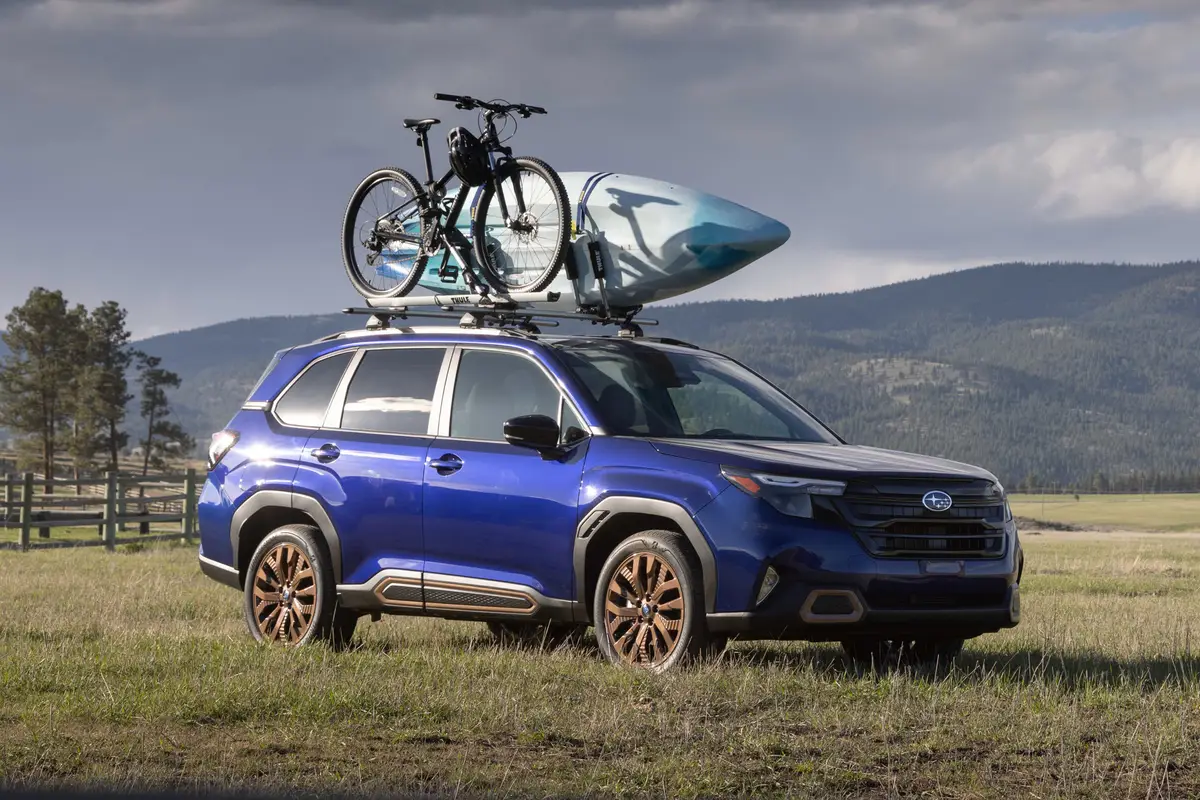The Morning Call and Mcall.com's view
Driving the Jeep CJ-7 is like entering a time warp. Sure it’s been changed since the original General Purpose (”G.P.” became ”Jeep”) vehicle entered military service more than 40 years ago, but those modifications have been very slow in coming and minimal, to say the least. In fact, at the rate it has been changing since that time, it will probably meet the standards of other 1985 vehicles by the year 2051.
Over the years, the CJ’s lines have been softened somewhat. But it is still the same unpretentious, boxy-looking, rough riding, tough as boiled goshawk, mechanically simple (or as simple as you can get these days with electronics and emission equipment) and minimal creature comfort four-wheel- drive vehicle it has always been. It is definitely not the choice for a family’s primary vehicle. And it might not even be a good choice for a second vehicle.
But it does make a dandy toy, and therein lies its charm, popularity and the key to its longevity. Oh sure, you can use it to go to work or take a trip to visit grandmother, but its best use is going nowhere dirt and logging trails. A vehicle that is happier off the road then it is on.
The test vehicle – supplied by Shoemaker AMC/Jeep/Renault, 4131 Walbert Ave., South Whitehall – was a lively looking ”Renegade” model that was driven through the worst snows of the season without any pain or strain. In fact, it is the type of vehicle that can take a 100 mile run over snow and ice-covered roads and turn the whole thing into a dull trip. On dry roads, however, it is a different story. The Jeep bounces, groans, moans and transmits so much mechanical noise into the passenger compartment that it is almost impossible to turn the radio up loud enough to drown it out.
The CJ-7 is available with a hard top, soft top or no top. The test vehicle, fortunately, had the optional hard top which made the passenger compartment habitable in the cold weather. As CJ hard tops go this is a pretty good one. It has steel doors with roll-down windows and rear flip-up window. It can be easily removed – and the windshield folded down – for all that good open-air driving. But, during the test, the top and the heater were left on. Speaking of the heater, here’s another blast from the past. It is adjusted by several push-pull knobs, a system strikingly similar to the heater controls in my 1951 Plymouth convertible. Ah, nostalgia.
The interior of the CJ-7 is not especially spacious. The two front seats are fairly comfortable. The test vehicle had an optional rear seat which is more livable than it looks. This seat can be folded down and over to provide some rear storage space. The whole interior is done up in a heavy-duty vinyl that looks as if it can be attacked with an ax without any serious damage. But, when you have what is essentially an open vehicle, that interior had better be tough.
With the overall downsizing of vehi cles and all the subcompacts around, the CJ doesn’t look as small as it used to, but it is by no means a large vehicle. It has a wheelbase of 93.4 inches; overall length, 153.2 inches; width, 65.3 inches; height, 71 inches with the hard top (70.9 with open body), and curb weight of 2,733 pounds (with the six-cylinder engine). Most of this weight is obviously low, which does dictate the driving and handling characteristics of the CJ.
The CJ is not a vehicle you drive casually. You must pay attention to it, especially in four-wheel drive. As soon as you enter the CJ-7, two things give you a fast tip-off what to expect in handling. One is the large roll bar and the other is a notice on the visor that warns a driver that the CJ is not an ordinary vehicle and violent maneuvering can lead to a rollover. So, now you’re warned.
But I must say I did not have the least trouble with the test vehicle even though I pushed it over what could be considered the limits of normal driving at times. Like many other four-wheelers, the CJ is happiest when going in a straight line. But the new CJ does have a front stabilizer bar and steering damper, which will make it a better handling vehicle than older models. And with leaf springs on all four wheels and a very short wheelbase, one shouldn’t expect a boulevard ride. The CJ does ride hard – even over smooth roads.
The test vehicle had free-wheeling hubs, which means they had to be set manually for two- and four-wheel driving. The one advantage of free-wheeling hubs is they don’t cost anything. (Automatic hubs are available as an option.) The transfer case was a Dana Model 300 and featured two-wheel high, four-wheel high, four-wheel low and neutral. This is not a shift-on-the-fly type of case and does require some effort. But if you want to drive a legend, be prepared to lock that hub and shift that case.
The powertrain consisted of AMC’s venerable 258 cubic inch, in-line six cylinder engine and a five-speed manual transmission (both options). This six- cylinder engine is not quite as old as the CJ but it has been around for many a year. However, it is a ”square” (bore and stroke almost equal) design and does produce loads of torque at low rpm, a desirable feature for four- wheeling. The engine is rated at 110 horsepower at 3,000 rpm and 204 foot pounds torque at 1,800 rpm. It produces sufficient power – as much power as I would want in a CJ – for all driving conditions.
The transmission and rear end are geared quite low, again more for off- road than on-road application. The fifth gear does allow for some relatively quiet highway running. Fuel mileage was adequate – for this type of vehicle. The test CJ averaged 15 miles per gallon for four-wheel running over snow covered highways. On relatively dry roads in two-wheel drive, it averaged a shade under 20 miles per gallon. The test vehicle had a way to go to be broken in so possibly mileage could improve.
The standard powertrain is a 150 cubic inch four cylinder engine coupled with a four-speed manual gearbox. The engine is rated at 105 horsepower and 132 foot pounds torque, both at 2,800 rpm. Notice the horses are close to the bigger six but the torque is considerably less.)
The CJ-7 has a base price of $7,282 and includes just a little more than the equipment needed to drive it off the showroom floor. The test vehicle had options totaling $3,899 and a transportation charge of $591 for a manufacturer’s suggested retail price of $11,772. Major options included the Renegade package at $1,188; six-cylinder engine, $260; five-speed manual, $243; power steering, $266; tilt steering, $115; AM-FM stereo radio, $198; hard top, $863; floor carpet, $121; halogen fog lamps, $100; extra capacity fuel tank, $55; metallic paint, $156, and several other items. Like most other things in life these days, the CJ-7 isn’t cheap. However, it has good resale value and a waiting market.
Latest news



